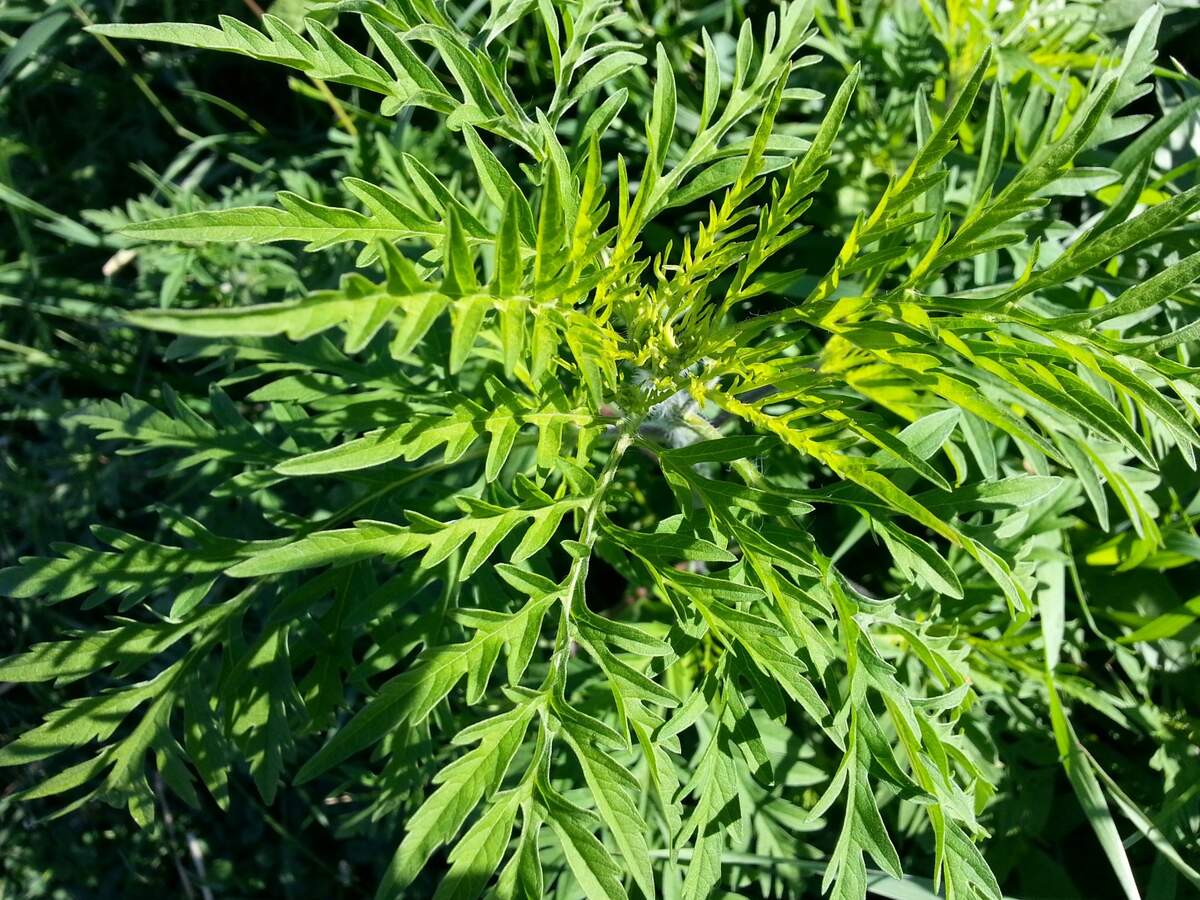

Weed Appreciation Day
Observed
annually on March 28th
Dates
Tags
Plants & Flowers
Hashtags
Sources
http://www.ibtimes.com/weed-appreciation-day-2016-10-interesting-facts-about-plants-arent-marijuana-2343462
https://holidayinsights.com/moreholidays/March/weed-appreciation-day.htm
https://www.daysoftheyear.com/days/weed-appreciation-day/
https://www.treehugger.com/lawn-garden/eat-dandelions-9-edible-garden-weeds.html
Weed Appreciation Day is dedicated to all the weeds that spring up in yards, vegetable gardens, flower beds, and cracks in sidewalks. They have been pulled out and stepped on for far too long, and finally get a break, and a little appreciation. Today people get down on their hands and knees to see the weeds that they have spent so much time battling. Today they learn about the weeds, and maybe even use them for culinary or medicinal purposes. Some people think the day is dedicated to marijuana, but that plant has a day all to itself next month.
A weed can be defined as a plant that grows in a place where people don't want it to grow. In this sense, even a flower or an edible berry may be considered a weed. There are broadleaf and grassy weeds. Weeds may also be categorized by the length of their life cycles. Of the 250,000 plants that exist, about 8,000 are considered to be weeds. Many weeds are beneficial to health, used for science, and for culinary purposes. For those stranded in the wilderness, a weed may become a lifesaver instead of a nuisance. They provide food and shelter for wildlife as well. As they are plants, they also give off oxygen.
How to Observe Weed Appreciation Day
Celebrate the day by getting down on your hands and knees in your yard and learning about the things that you've been pulling out. Look them up using a book or an app. Then, why not water them? This is a good day to pick up a book on edible plants and medicinal plants, and then go out exploring to see if there is something you can bring home to use. In general, most edible weeds can be eaten raw or cooked, and recipes abound. Here are some examples of weeds to keep an eye out for:
- Chickweed—This common garden weed can be used for food and medicine. Tasty and full of vitamins, its leaves, stems, and flowers can all be cooked or-or eaten raw. It can be made as a tea to be used as a diuretic. It can also be used on cuts, burns, and rashes.
- Mallow—This weed is also known as Malva, and its leaves and seed pods are both edible and can be eaten raw or cooked. The smaller leaves are more tender and mild, and older leaves are more suited to being sauteed, boiled, or steamed.
- Wild amaranth—This weed blends well with leafy greens. The younger leaves are more palatable, and the older leaves can be cooked. The seeds can also be eaten.
- Curly dock—The leaves can be eaten raw, or be cooked and added to soups or salads. The stems can be peeled and eaten raw or cooked, and the seeds can be eaten or used as a coffee substitute. This weed is high in oxalic acid, so it should be eaten in small quantities.
- Chicory—This little plant with bright blue flowers is used to make a drink popular in the South, particularly around New Orleans.
- Clover—Clover leaves can be used in salads, or can be sauteed and added to other dishes. The flowers of red and white clover may be eaten raw or cooked, or be dried and used for tea.
- Dandelion—Dandelions were likely brought to the Americas aboard the Mayflower. Their leaves can be eaten raw; the tender, smaller inner leaves are good for salads and less bitter. The larger leaves usually are eaten by being cooked; they can be steamed, or put in stir-frys or soups. The flowers are sweet and crunchy and can be eaten raw, or be breaded and fried. Dandelions can also be used to make wine. Dandelion root can be dried and drank instead of coffee, or can be added to root vegetable recipes.
- Purslane—This succulent may contain more omega-3 fatty acids than any other leafy plant. It can be eaten raw or cooked—it is good in salads and stir-frys, and thickens soups and stews.
- Lamb's quarters—Lambs quarters, also known as goosefoot, can be eaten raw, sauteed, or steamed. Their seeds resemble quinoa and can be similarly prepared, but a large amount must be gathered to make it worthwhile.
- Plantain—Not to be confused with the tropical fruit with the same name, the young leaves of the plantain can be eaten raw, steamed, sauteed, or boiled. Older leaves are tougher and better when cooked. The seeds can be cooked or ground into flour. Plantains may also be used topically for burns, rashes, and other wounds.





















